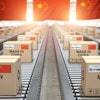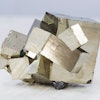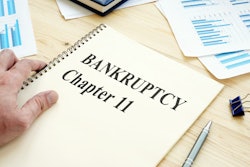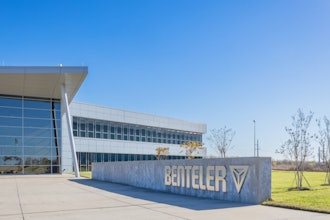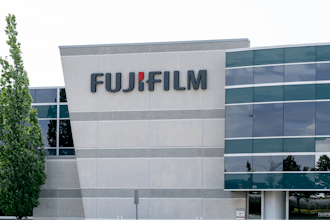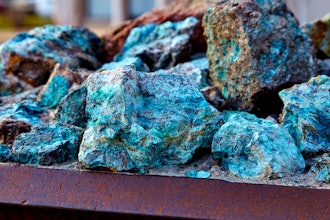HOUSTON (AP) -- Texas is no stranger to ammonium nitrate fertilizer explosions.
Exactly 66 years ago this week, what remains the nation's worst industrial disaster occurred when a series of explosions rocked the huge waterfront petrochemical complex at Texas City, southeast of Houston and across the bay from Galveston.
At least 576 people were killed and 5,000 were injured.
Like the Central Texas blast Wednesday evening in West that may have killed as many as 15 people, the Texas City disaster began with a fire.
At about 8 a.m. on April 16, 1947, a thick reddish-orange smoke began billowing from the No. 4 hold on the 7,176-ton French freighter S.S. Grandcamp. Workers from the nearby Monsanto Chemical Co. plant joined hundreds of others near Warehouse Pier "O'' at the Port of Texas City to watch.
The ship, which was carrying 2,300 tons of ammonium nitrate fertilizer, blew up at 9:21 a.m.
A second blast erupted five seconds later, followed by others.
The explosions were so powerful windows broke in Baytown, 25 miles away. Two small airplanes flying over the burning ship at the time of the blast were blown out of the sky, killing four people. A 15-foot tidal wave rolled from the explosion site, lifting a 150-foot-long oil barge out of the water and dropping it high and dry 200 feet away.
The S.S. High Flyer, a 6,214-ton freighter also loaded with ammonium nitrate at an adjacent pier, was torn from its berth and caught fire. Volunteer crews eventually gave up trying to pull the vessel from the area. Sixteen hours later, it blew up.
Shrapnel-like debris from the Grandcamp struck the Monsanto plant like a machine gun, igniting huge storage tanks and severing pipelines that spewed flammable liquids.
One of the fires burned for a week.
Twenty-seven Texas City firefighters who had gone to battle the initial blaze on the Grandcamp died in the blast. Crew members and many of the spectators along the shoreline were incinerated.
Authorities were able to identify 398 bodies. Another 178 people were listed as missing. Sixty-three bodies never were identified.
Some 227 Monsanto employees and contract workers were among the dead and the $15 million plant built in 1942 to produce synthetic rubber for the World War II effort was destroyed. Total damage was put a $67 million.
Results of a federal investigation filed 10 months later determined someone smoking in the hold of the Grandcamp was responsible, that a "No Smoking" rule wasn't enforced rigidly aboard the ship and inadequate amounts of water were pumped into the burning hold.
Today, a marker on a small plot of ground faces the port area a half-mile from the site of the initial explosion. A 10,640-pound anchor blown there in the blast is the centerpiece.
At an edge of town, and within view of the multitude of plants still there, 63 small pieces of pink granite mark the graves of 63 bodies that never were identified. The markers, about the size of building bricks, are in rows on either side of a reflecting pool and bear only a number that corresponds to numbers placed on the bodies when they were found.

